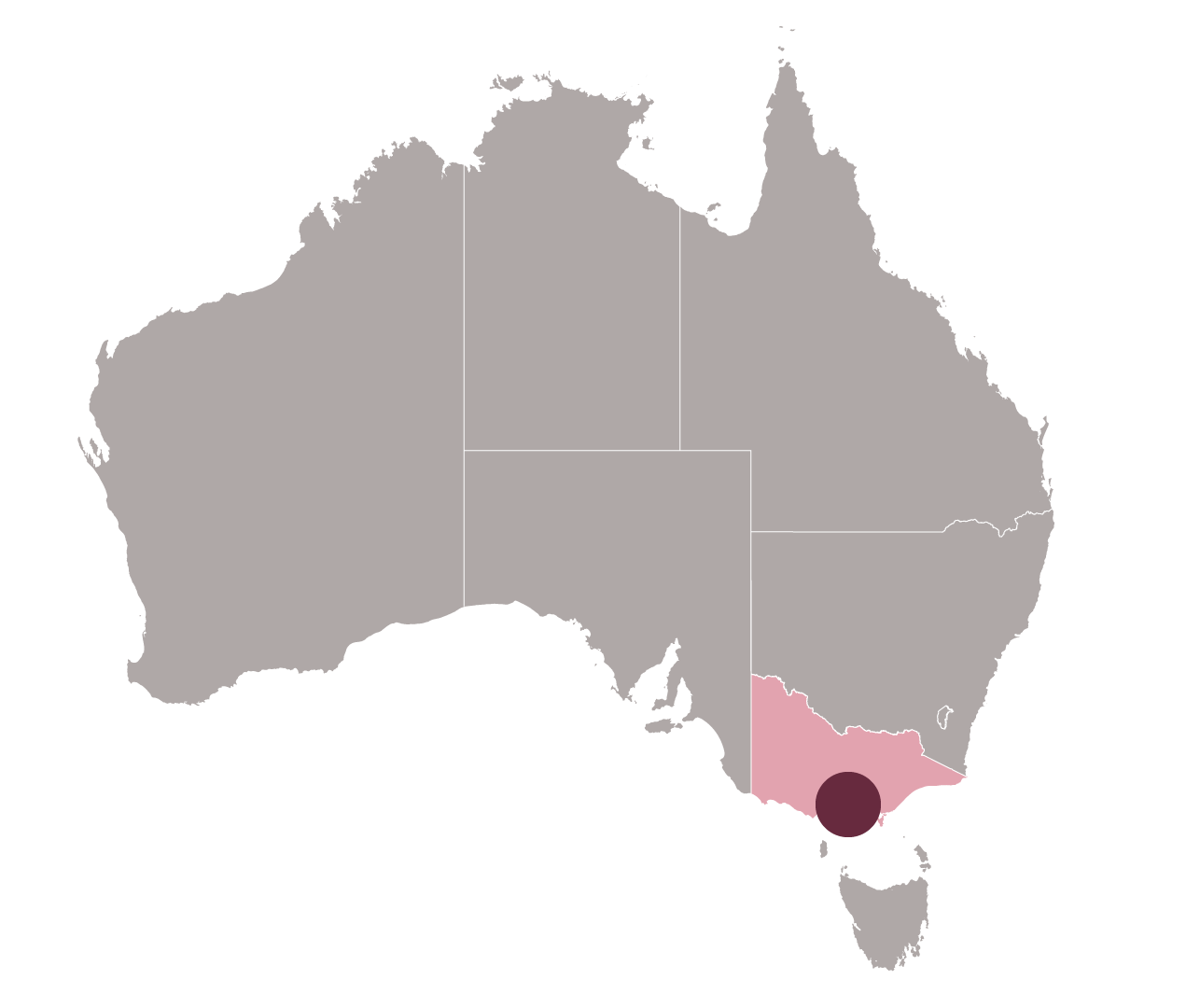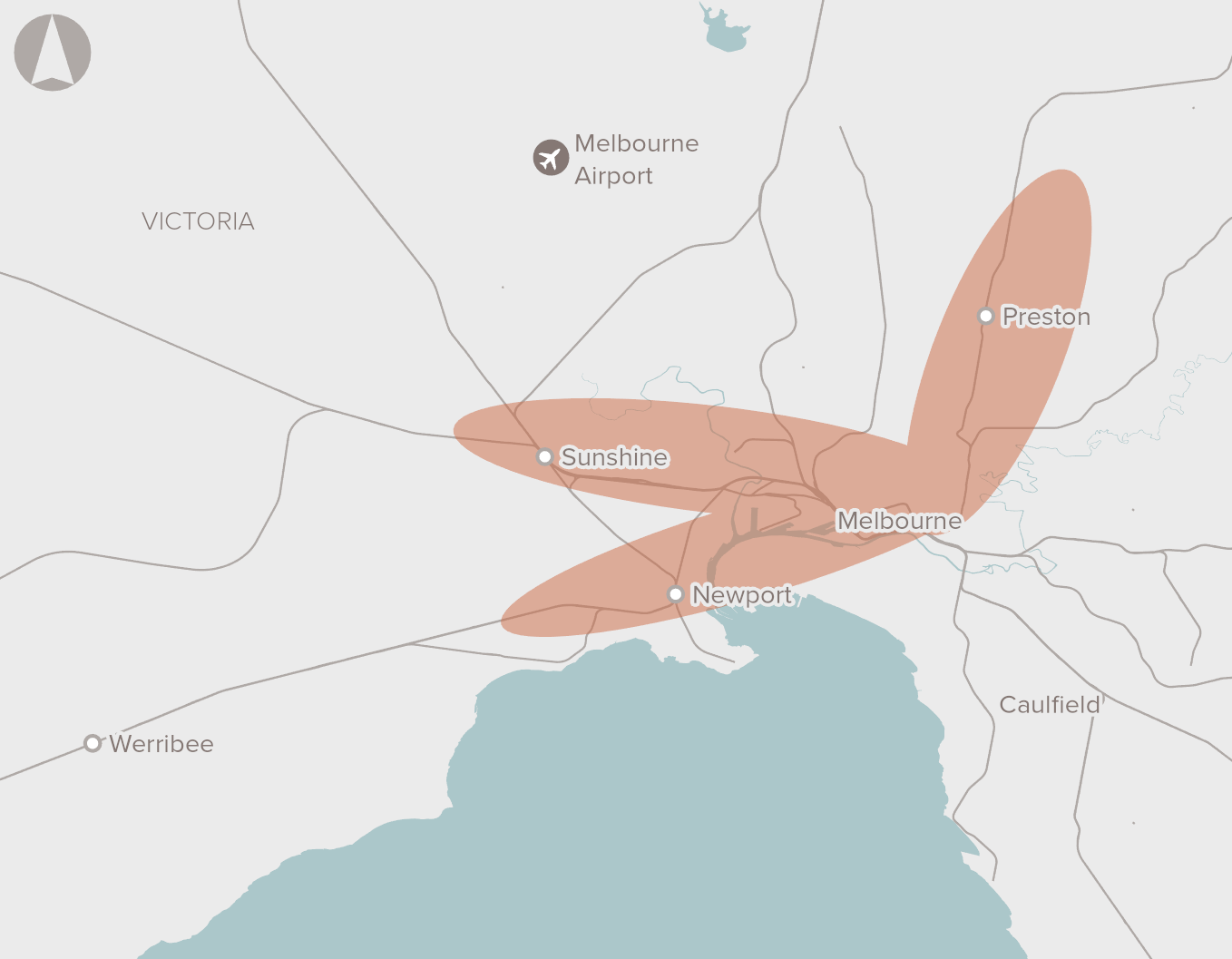Melbourne rail network capacity


Future growth of Melbourne’s outer suburban population and the centralisation of jobs in the CBD will increase demand for Melbourne’s rail network. While rail capacity in the south-east and north-west of the metropolitan area will increase through the Melbourne Metro Tunnel development, lines in the north-east, the west and the south-west will need additional capacity in the coming decades.
Modelling by Infrastructure Victoria indicates that, by 2031, demand on the South Morang line will exceed supply in the morning peak, with lines in the west and south-west also reaching capacity.
A more congested rail network will lead to nationally significant productivity losses associated with longer travel times and worsening conditions for passengers, with some passengers potentially switching to road vehicles and causing additional road congestion.
Increased rail capacity would encourage car users to switch to public transport, reducing environmental impacts and encouraging more people to walk to train stations.
Ensuring efficient interface of passenger and freight rail movements, particularly with the completion of Inland Rail in the medium term, will require consideration of rail paths,
port rail solutions and appropriately located intermodal terminals.
Potential solutions to the emerging capacity constraints could include upgrading the signalling and rolling stock, and augmentations to key lines and stations on the network with the possibility of an additional tunnel through Melbourne’s CBD, bypassing the city loop.
This proposal focuses on capacity constraints close to the Melbourne CBD. It is complementary to other previously listed proposals for capacity constraints on the Melton, Cranbourne, Hurstbridge and Geelong lines, which service outer areas.
This proposal also relates to the existing listing, Corridor preservation for Melbourne Outer Metropolitan Ring Road/E6, that addresses freight rail connectivity and interface with passenger rail.
The Victorian Government is progressing a number of major transport initiatives that may influence the response to this problem over time. This includes the Suburban Rail Loop and Melbourne Metro Tunnel.
Proponent to identify and analyse potential investment options (Stage 2 of Infrastructure Australia’s Assessment Framework).
Refer to Infrastructure Glossary for terms and definitions.